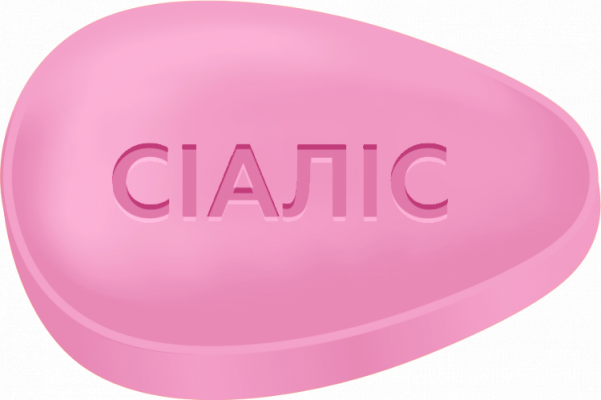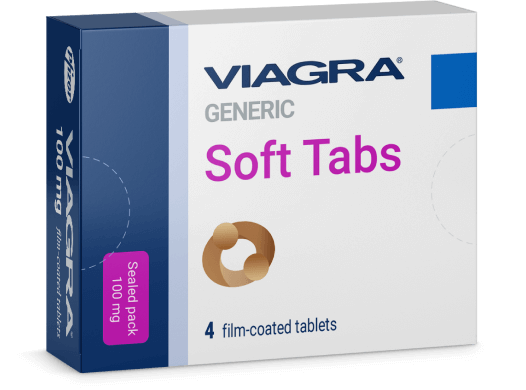
Antimykotika, or antifungal medications, play a crucial role in treating fungal infections that can affect various parts of the body. From skin and nails to internal organs, fungi can cause a range of health issues. Understanding the mechanism of action, different types of antimykotika, their uses, and the potential side effects is vital for anyone who may need these medications. For more detailed information, you can visit Antimykotika https://liekprekazdeho.sk/antimykotika/.
What are Antimykotika?
Antimykotika are substances used to treat fungal infections, which can be superficial or systemic. These infections can arise from various fungi, including molds and yeasts. Common examples include Candida infections, athlete’s foot, and ringworm. Antimykotika work by targeting specific components of fungal cells, ultimately inhibiting their growth and replication.
Types of Antimykotika
Antimykotika can be classified into several categories based on their mechanism of action and chemical structure. The major types include:

- Azoles: This group includes fluconazole, itraconazole, and ketoconazole. They work by inhibiting the synthesis of ergosterol, an essential component of fungal cell membranes.
- Polyenes: Amphotericin B and nystatin fall into this category. They bind to ergosterol, creating pores in the fungal cell membrane, leading to cell death.
- Echinocandins: Such as caspofungin and micafungin, echinocandins inhibit the synthesis of β-glucan, a critical component of the fungal cell wall.
- Allylamines: Terbinafine is a well-known allylamine that inhibits squalene epoxidase, another enzyme involved in ergosterol production.
Common Uses of Antimykotika
Antimykotika are prescribed for various fungal infections, including:
- Candidiasis: Antifungal drugs are often used to treat infections caused by Candida species, particularly in immunocompromised patients.
- Dermatophyte Infections: Medications may be used to treat skin infections like athlete’s foot and ringworm.
- Aspergillosis: Some antifungals, particularly voriconazole, are used to treat this serious lung infection caused by Aspergillus fungi.
- Onychomycosis: Fungal nail infections can be challenging to treat, but options such as terbinafine can be effective.
Potential Side Effects
Like any medication, antimykotika may cause side effects. The severity and type can vary based on the specific drug used and the patient’s overall health. Common side effects include:

- Gastrointestinal upset, such as nausea and diarrhea.
- Liver toxicity, especially with long-term use of certain azoles.
- Allergic reactions, which can range from mild rash to severe anaphylaxis.
- Drug interactions, as some antifungals can alter the metabolism of other medications.
The Importance of Proper Usage
Proper usage of antimykotika is essential for effective treatment and to minimize the risk of resistance. Patients must adhere strictly to prescribed regimens and complete the course of treatment, even if symptoms improve. Self-medication or misuse can lead to treatment failure and increased resistance among fungal pathogens.
Conclusion
Antimykotika are critical tools in combating fungal infections, which can pose significant health risks if left untreated. Understanding their types, uses, and potential side effects is essential for effective management of these infections. Advocacy for responsible usage and awareness of the implications of antifungal resistance is vital. If you suspect a fungal infection, consult a healthcare professional for proper diagnosis and treatment.
